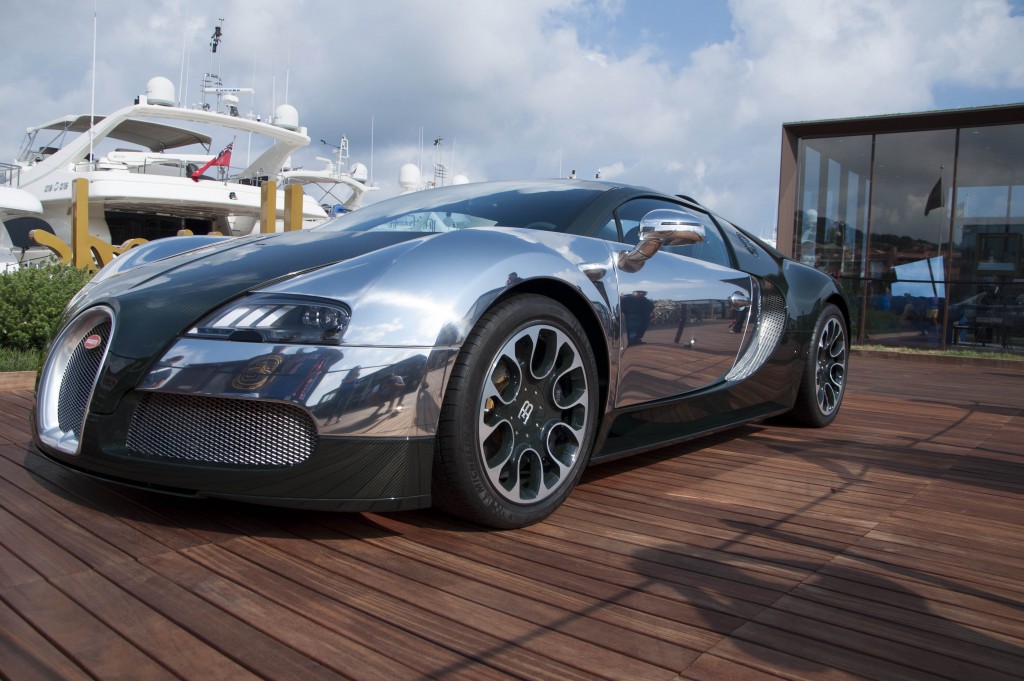There’s a well-known saying among designers that “great design is transparent.” This might not seem to apply to the realm of automotive design. After all, there are few things a consumer can buy that make a bolder statement than a car.
On the contrary, however, the best features of a car have a certain invisibility to them. They work. We take them for granted, only noticing them when something’s wrong. Some examples include the curvature and wedge shapes, which improve its aerodynamic qualities, and the efficient packaging of components, which allows for better driver and passenger comfort.
There’s no denying that cars are cool. It’s a major reason why someone might want to become an automotive designer. But finding inspiration for great design is hard. And you’ll definitely want to shore up your technical skills. Aspiring designers and engineers can upskill their automotive engineering with a traineeship program while harvesting design ideas from these sources.
Analyzing current and future needs
No up-and-coming designer wants to ride a trend to success. Being a creative is a point of pride. You don’t go through an effective apprenticeship, doing grunt work, and learning the ropes, to piggyback other people’s ideas. You develop your own along the way, and you want to turn them into reality.
However, every designer has to understand the underlying currents that drive trends. They exist because they are relevant to the times. In one way or another, trends address the needs of an audience. And that’s the starting point of the entire process of design thinking.
What are the values of modern consumers? Increasingly, we search for sustainability in the things we buy. Having gone through two major recessions in roughly a decade, we also value economy. And the impact of the pandemic is definitely going to weigh on most people’s minds moving forward.
Keeping those needs in mind can serve as the springboard for design inspiration. In fact, the car of the future is likely to incorporate features addressing all of them. Hybrid plug-in electric and diesel fuel? Check. Multiple functionalities? HUD technology covers that. And an array of external sensors combined with voice controls will facilitate the implementation of driverless technology.

Embracing restrictions
The average person might think that designers are just brimming with creative ideas. They might not even see any difference between designers and artists. And designers might be creative, but they also need to edit themselves. The product is not a blank canvas on which you let your imagination run wild.
Another common saying in the world of design is that “restrictions breed creativity.” And the automotive industry, in particular, is full of restrictions.
Practically every car in production is made largely of sheet steel, which is difficult to form while maintaining the requisite strength. Yet every surface of a car must be curved to resist drag. And some of the most vital components, such as the engine, transmission, and radiator, take up a lot of space.
Meanwhile, you have to work with designers and manufacturers of individual parts. It’s your job to determine each item’s quality specifications and whether they live up to those standards. Fail in that task, and you’re facing a costly production delay or an even more costly product recall.
Know the conventions of the industry. Prepare yourself to work within the constraints of a real production environment. All those restrictions can free up your creativity by allowing you to focus on what’s really possible and maximizing what you are working with.
Understand hidden feelings
In any field, the design process is never truly finished. At its best, it’s iterative. This is exemplified in software development following an agile methodology. Products are rolled out, customers use them, and developers release a new version based on their feedback and behavior.
That obviously doesn’t translate well to automotive design. But the same problem exists: customers will experience products in their own way. That outcome can be unpredictable. And the customer rarely has the awareness or expertise to articulate how they feel about a product properly.
Observe people in action, almost like an anthropologist, and you can overcome this shortcoming. Put aside your preconceived notions. Try to connect behaviors to the underlying emotions. If you will solicit feedback from them, be sure to probe for accurate understanding.
Doing this will not just improve your work as a designer. It can feed into your next great idea without having to go through several costly loops of product designs and releases.

